
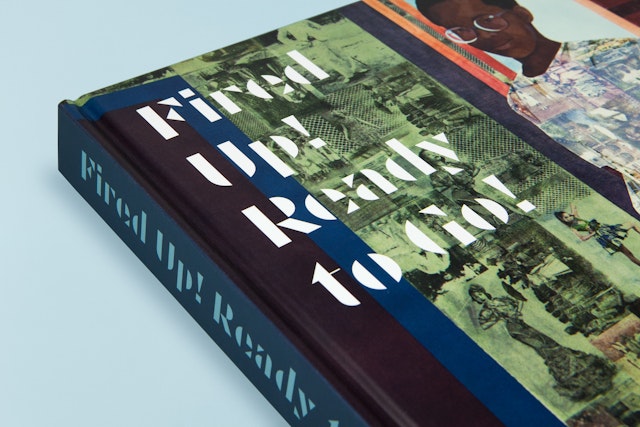





As a collector, Cooper Cafritz liked to represent the diversity of the African-American experience, and her eclectic holdings include works by major 20th-century figures as well as the young, emerging artists she championed.


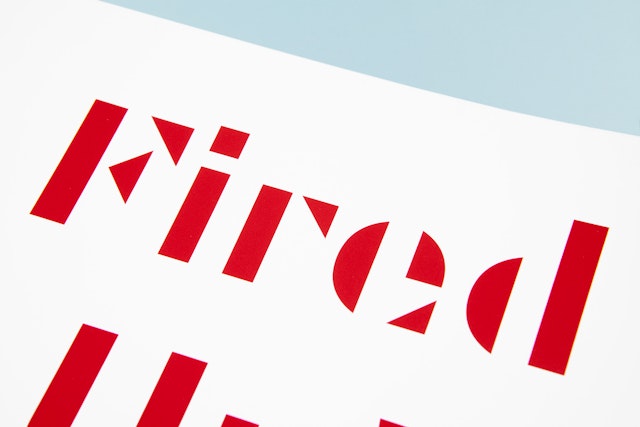
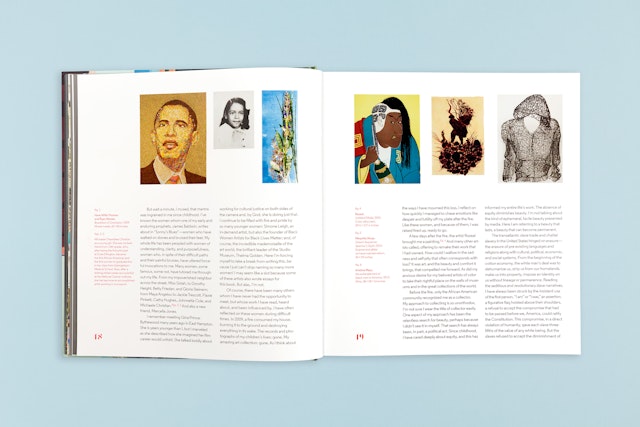
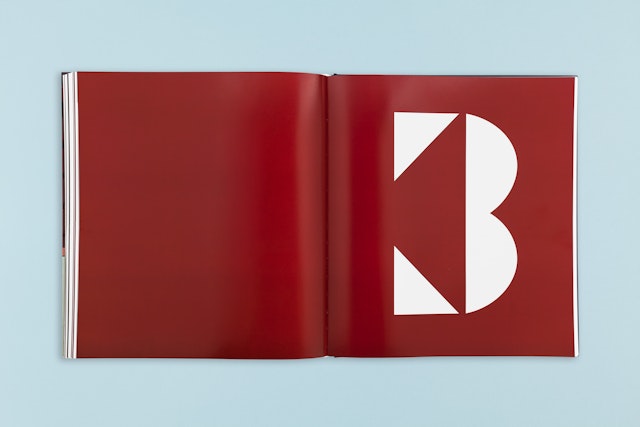
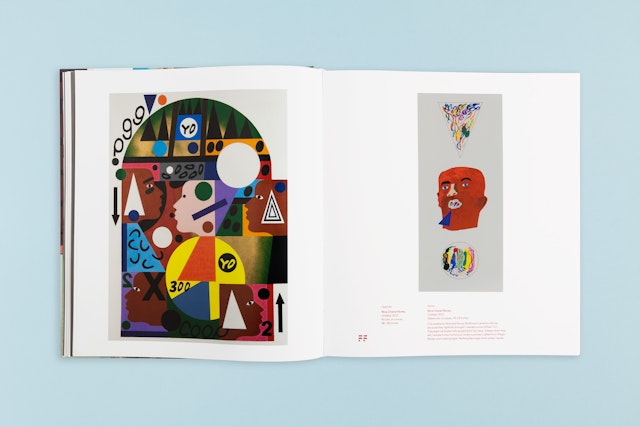


The opening pages of each section transition in color from ash grey to a red that intensifies as the book progresses, like a fire igniting.
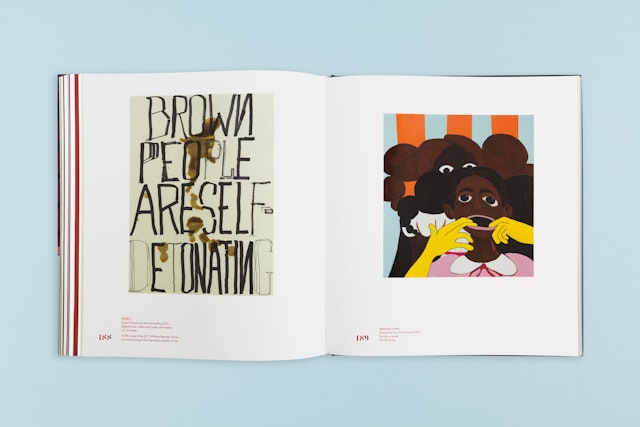
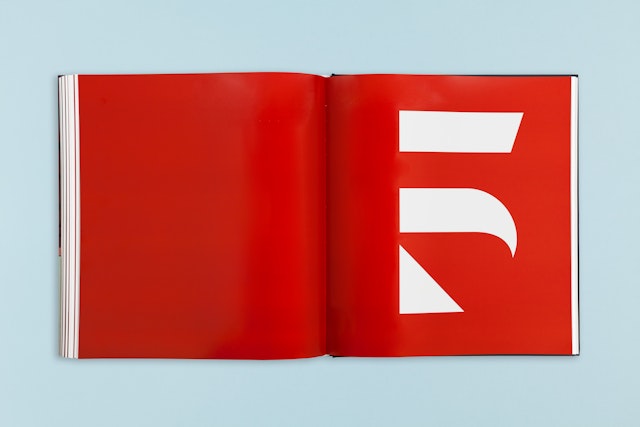

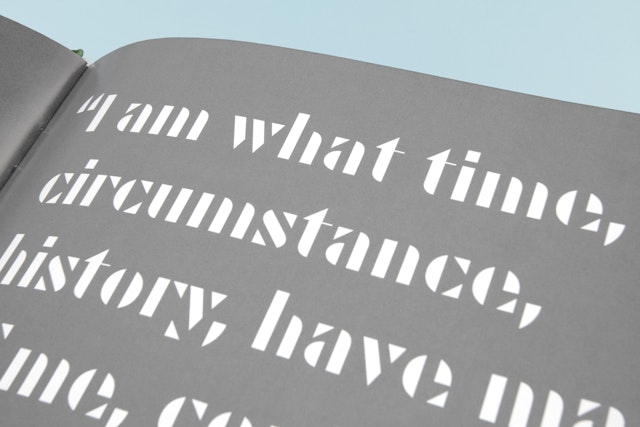

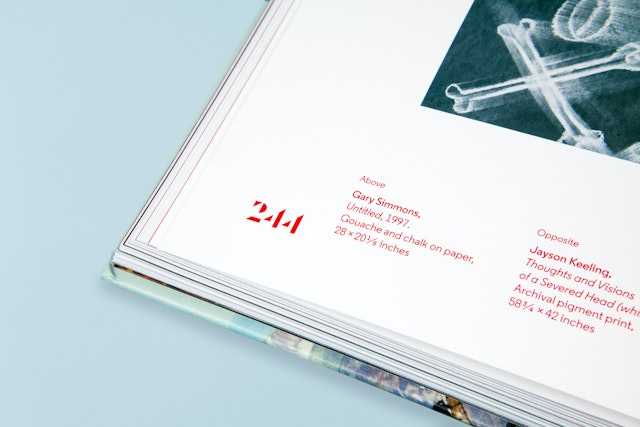
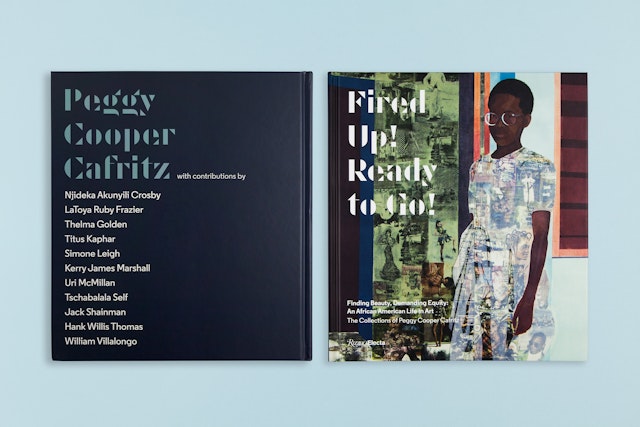
During her decades of collecting, the prominent Washington, DC-based arts patron, civil rights activist and philanthropist Peggy Cooper Cafritz (1947-2018) amassed one of the largest and most important collections of African-American art in the US. These works are featured in her first book, Fired Up! Ready to Go!: Finding Beauty, Demanding Equity: An African American Life in Art, designed by Pentagram and published by Rizzoli Electa.
As a collector, Cooper Cafritz liked to represent the diversity of the African-American experience, and her eclectic holdings encompass painting, photography and sculpture by major 20th-century figures as well as the young, emerging artists she championed, many of whom are now leaders in contemporary art. The richly illustrated book features works by Alma Thomas, Romare Bearden, Jacob Lawrence, Kara Walker, Kerry James Marshall, Mickalene Thomas, Yinka Shonibare, Kehinde Wiley, Carrie Mae Weems, Lorna Simpson and LaToya Ruby Frazier, among many others.
Pentagram worked closely with Cooper Cafritz to realize her vision for the book, which was published days before she died. The title is a play on President Barack Obama’s iconic campaign chant and a disaster for the collection: In 2009, more than 300 works were destroyed in a fire at Cooper Cafritz‘s home, the largest residential fire in DC history. The book includes 200 of the pieces lost in the blaze, along with works collected since. The title captures Cooper Cafritz's feisty, resilient spirit, as well as the political themes represented in much of the art.
The book is organized around a series of essays and accompanying portfolios, starting with a personal history by Cooper Cafritz about her life and how she came to be a collector and supporter of the arts. Photographs of her art-filled home before the fire give a sense of the collection in situ. Other essays include recollections by artists she encouraged, and a conversation between Cooper Cafritz and Thelma Golden, director of the Studio Museum in Harlem.
The opening pages of each section transition in color from ash grey to a red that intensifies as the book progresses, like a fire igniting. The typography combines Cut, a distinctive stencil typeface, designed by MuirMcNeil, with letterforms built of geometric shapes that hint at pattern, and the refined sans Regular, designed by A2-TYPE. The cover pictures The Beautiful Ones, a mixed-media piece by Njideka Akunyili Crosby, one of the artists mentored by Cooper Cafritz.
